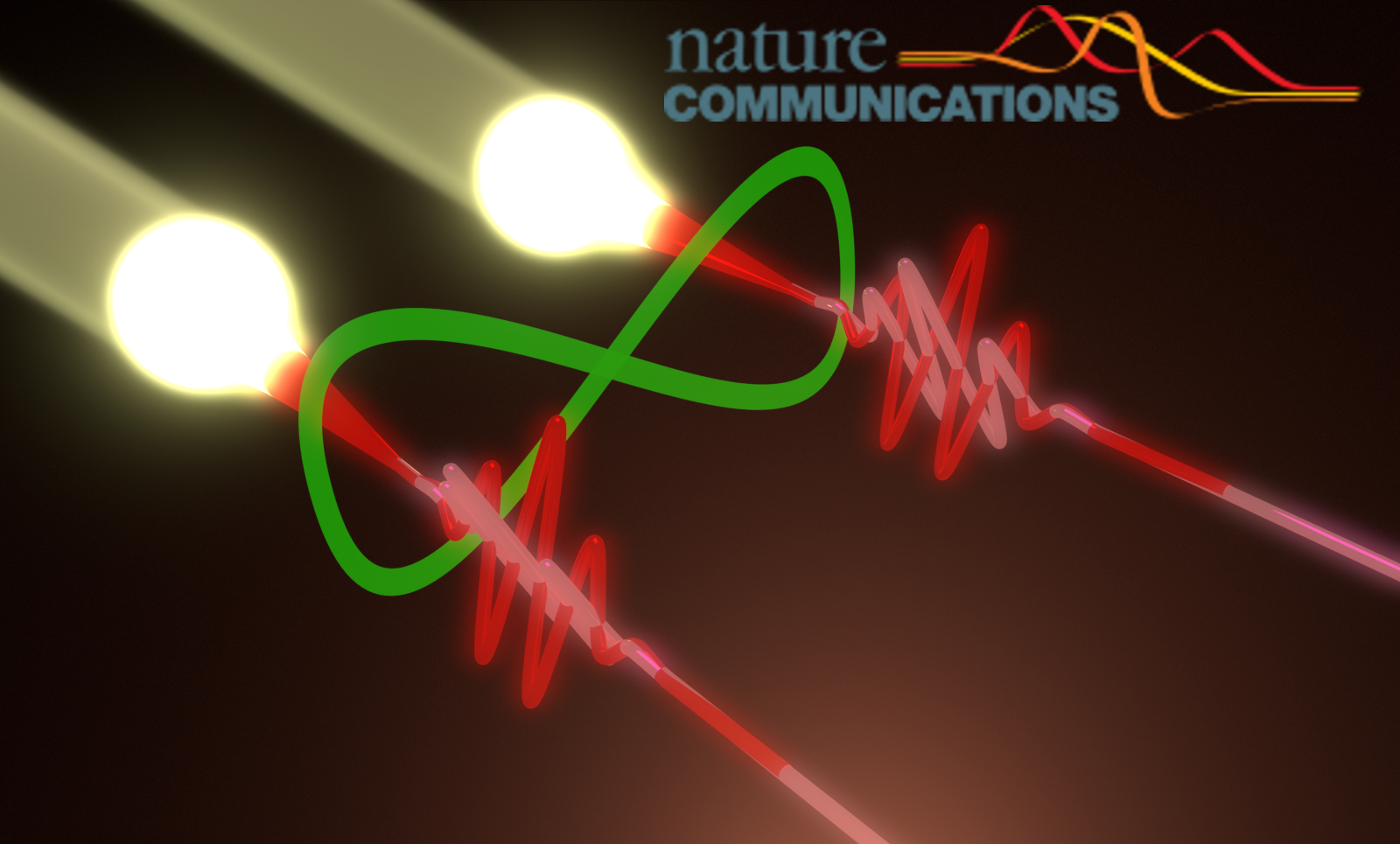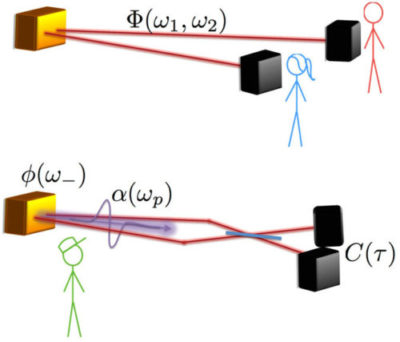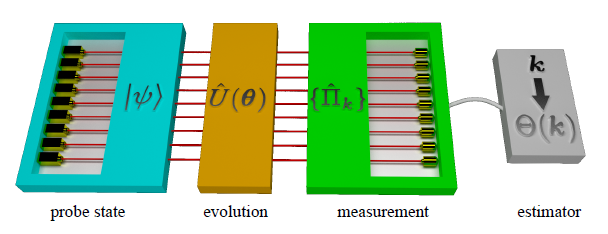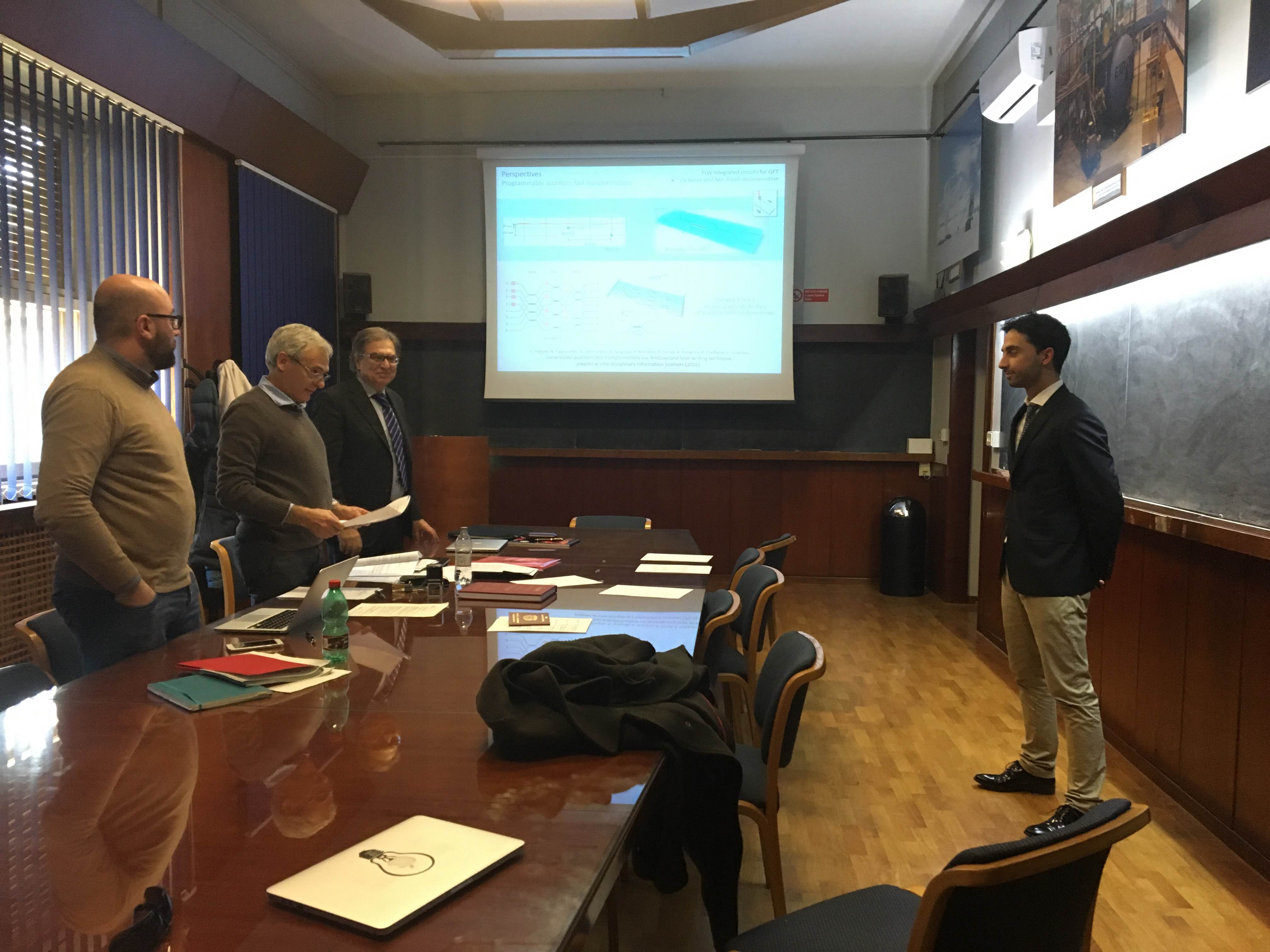“Entanglement of photons in their dual waveparticle nature” just published in Nature Communications
Wave-particle duality is the most fundamental description of the nature of a quantum object, which behaves like a classical particle or wave depending on the measurement apparatus. On the other hand, entanglement represents nonclassical correlations of composite quantum systems, being also a key resource in quantum information. Despite the very recent observations of wave-particle superposition … Continua a leggere










